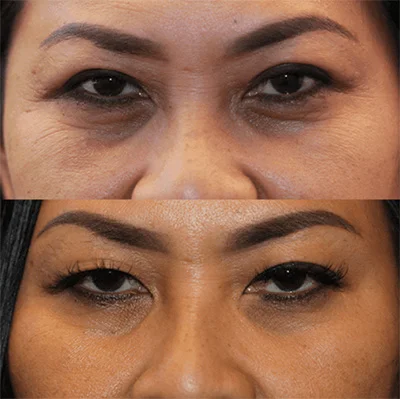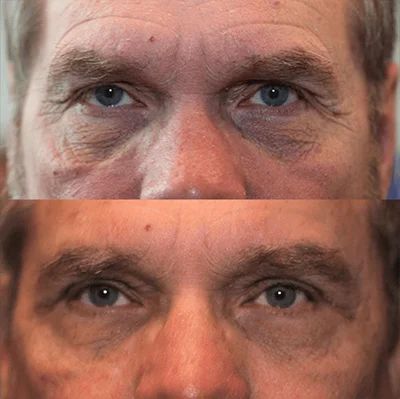
As you age, your skin — especially that on your face — picks up any number of blemishes, including fine lines and wrinkles, sun spots and other hyperpigmented areas, and acne scars. While all of these are natural, you may not be happy showing them to the world. Fortunately, you have options for getting rid of them.
At Arizona Ocular & Facial Plastic Surgery, Dr. Dustin Heringer and his team know that even if you’re undergoing one or more plastic surgeries, if you don’t also pay attention to your skin, you won’t be able to achieve the look you want. That’s why they’re pleased to offer chemical peels as a solution to your skin woes at their office in Scottsdale, Arizona. Here’s how to tell if chemical peels are right for you.
Chemical peel basics
Chemical peels come in three strengths, used according to how deep within the skin’s layers they reach. For all three types, we apply an acidic solution to the skin to remove the damaged top layers, as well as slough off dead skin cells and debris. As the layers peel off, they remove the blemishes within those layers. In addition, the process creates a “wound” in the skin tissue; your body responds by producing the raw materials needed to heal the area.
A major component of skin is collagen, a structural protein that gives it both strength and suppleness. While you had it in abundance when you were young, its production starts to drop off when you hit your mid-20s, leading to wrinkles and sags. The chemical peel removes any worn-out collagen cells and triggers new collagen production in the dermis, the skin’s middle layer. This helps shore up your skin, giving it the strength and suppleness it had when you were young — and now blemish-free, too.
Chemical peels can be used on the face, neck, and hands to remove many common skin blemishes, but we should note there are things peels can’t address. These include deep facial lines, sagging skin, large pores, and deep scars. These require other treatments we offer, such as dermal fillers, laser resurfacing or microdermabrasion, or a surgical brow lift.
Light (superficial) chemical peel
For a superficial peel, we apply either glycolic acid or salicylic acid to the skin and leave it on for only a few minutes; it removes just the epidermis, the outermost skin layer. Superficial peels address fine lines and wrinkles, acne, uneven tone, and skin dryness. You can repeat the treatment every 2-5 weeks, as needed.
Medium chemical peel
For a medium peel, we use a different acid — trichloroacetic acid, sometimes in combination with glycolic acid — and leave it on for about 40 minutes. It removes cells from both the epidermis and the upper dermis layer just beneath it, triggers a burst of collagen production that fills in deeper wrinkles and acne scars, and effectively treats uneven skin tone.
Because this peel is more invasive and is left on longer, we may provide you with pain medication and an oral sedative so you can remain comfortable during the treatment. You can repeat the treatment every 6-12 months, as needed.
Deep chemical peel
For a deep chemical peel, which we perform only on the face, we use a carbolic acid (phenol) solution that penetrates into the cells below the upper dermis layer, and we leave it on for 60-90 minutes, with a break between sessions. Deep peels help treat deeper wrinkles and scars, as well as remove precancerous growths known as actinic keratoses.
A deep peel is much more invasive than a medium peel, so we numb the treatment area, give you a sedative, and administer fluids through an IV to prevent dehydration. You can only do a deep peel one time, and the recovery period is substantially longer than for the light or medium peels.
Who is a good candidate for a chemical peel?
The best candidates for chemical peels are those who want to improve their skin’s appearance, but who also have realistic expectations for the outcome, understanding what the peel can treat and what it can’t. In addition, as the treatment lightens the skin somewhat, it’s usually a better option for fair-skinned, light-haired patients, though patients with other skin pigmentation can still achieve good results.
However, if you’ve used acne treatments within the last year that include retinoids, you’re not a good candidate, as they can affect the peel’s results and even damage the skin. And for those who smoke or have a history of heart problems, we may recommend you go with one of the alternative skin treatments we offer.
To learn more about chemical peels, or to schedule a consultation with Dr. Heringer, call our Scottsdale office at 480-448-0367, or book online with us today.



